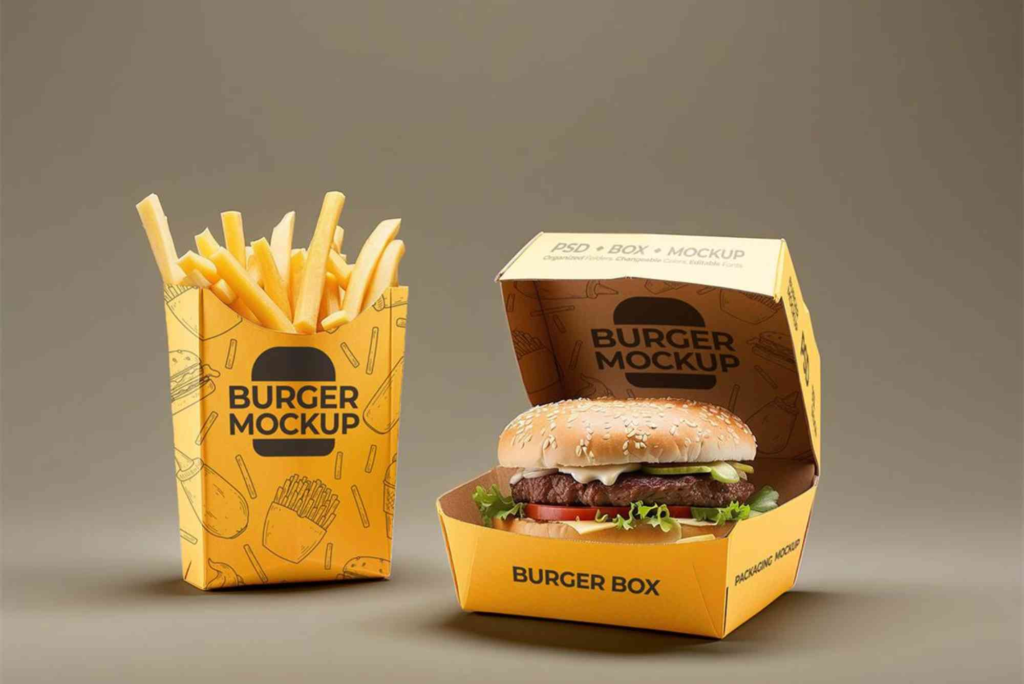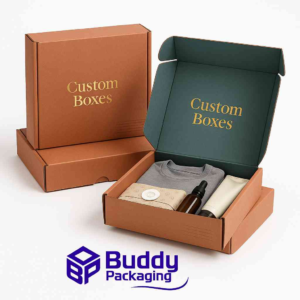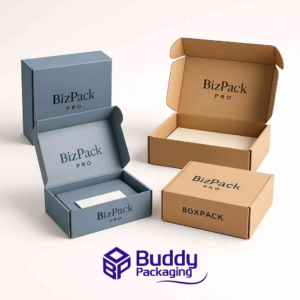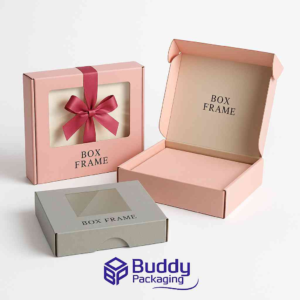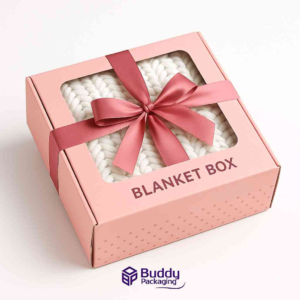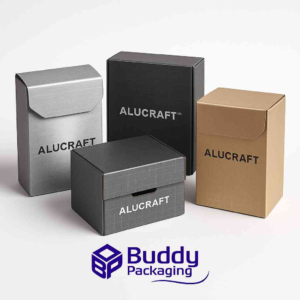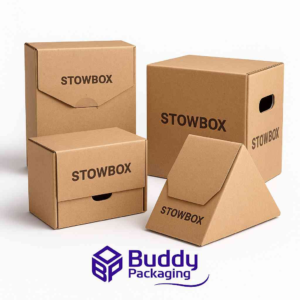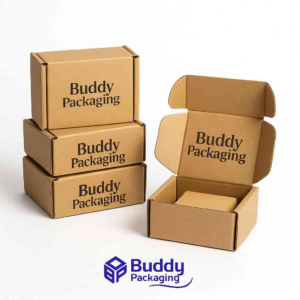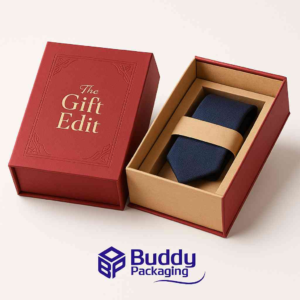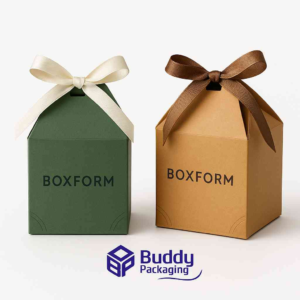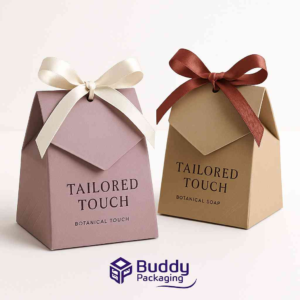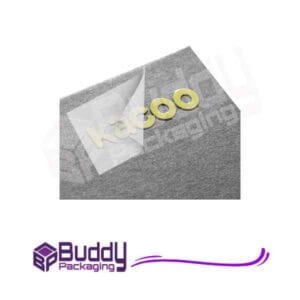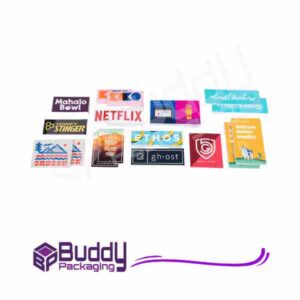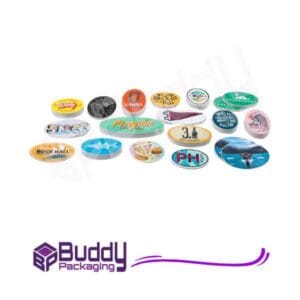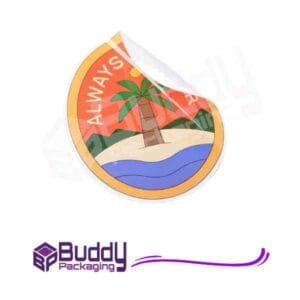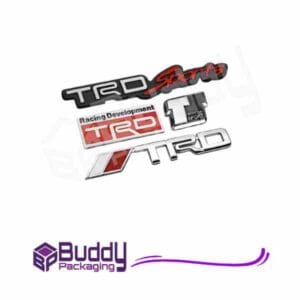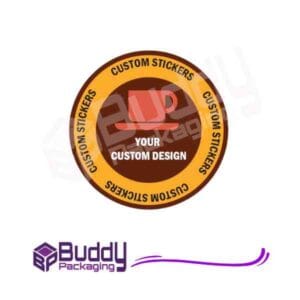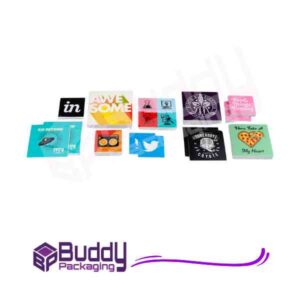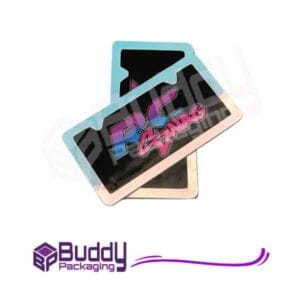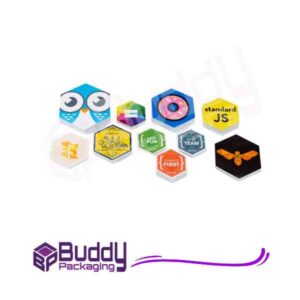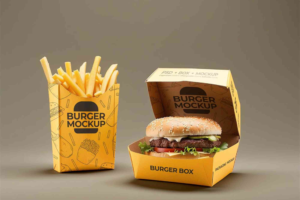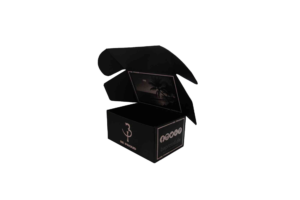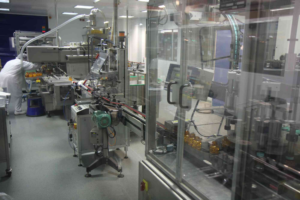Fast Food Packaging Design: The Art of Attraction and Function
In today’s competitive food industry, fast food packaging design plays a crucial role in shaping a brand’s identity and customer experience. Beyond simply holding food, packaging serves as a silent ambassador for your brand — communicating values, creativity, and quality. Whether it’s a crispy burger box, a stylish takeaway bag, or an eco-friendly wrap, packaging design influences how customers perceive your food before even taking a bite.
The Importance of Fast Food Packaging Design
In the fast-paced world of food delivery and takeaways, packaging design does much more than protect the food. It represents the heart of your brand. A well-crafted package instantly grabs attention, creates emotional connections, and builds trust. With so many options available, customers often judge the quality of the food by how it’s presented.
A strong fast food packaging design delivers three essential functions — protection, convenience, and branding. It ensures the food remains fresh, easy to carry, and visually appealing. A thoughtfully designed package also supports sustainability goals, appealing to eco-conscious customers who prefer brands that care about the planet.
Understanding the Key Elements of Successful Packaging
Visual Appeal and Branding
Your packaging is often the first physical touchpoint between your brand and the customer. It should reflect your brand’s colour palette, typography, and personality. Whether you’re running a quirky burger joint or a sleek urban café, the design should visually communicate your brand story.
Bold colours, unique illustrations, and creative typography make your packaging stand out in crowded food courts or delivery apps. When done right, the packaging becomes a part of the dining experience — something customers love to photograph and share online.
Functionality and Practicality
No matter how attractive a design looks, it must perform well in real-world use. Packaging should be sturdy enough to handle grease, heat, and transportation without leaking or tearing. Convenience matters — customers should find it easy to open, eat from, and dispose of.
Innovations like multi-compartment boxes, spill-proof drink holders, and heat-insulated wraps elevate the eating experience. The goal is to merge beauty with practicality — packaging that not only looks great but works efficiently.
Sustainability and Environmental Impact
Eco-friendly packaging has become a vital part of modern fast food packaging design. With rising awareness of environmental issues, brands are shifting towards biodegradable, compostable, or recyclable materials. Paper-based and plant-fibre containers are replacing plastics, while reusable packaging options are becoming popular in large cities.
Brands that prioritise sustainability not only help the planet but also attract a loyal customer base. Consumers increasingly prefer supporting businesses that share their environmental values.
How Design Influences Customer Perception
The psychology behind fast food packaging design is fascinating. Studies show that customers often associate the visual appearance of packaging with the taste and quality of the food inside. A clean, vibrant design evokes freshness and professionalism, while poor-quality packaging can damage a brand’s reputation instantly.
For example, bright colours stimulate appetite, while minimalist designs convey premium quality. Texture also plays a role — a matte finish may suggest elegance, whereas glossy surfaces can feel modern and fun. Every design choice communicates something about your food and brand personality.
Trends Shaping Modern Fast Food Packaging
As consumer expectations evolve, brands must stay updated with current trends to remain relevant. Let’s explore some of the most exciting developments shaping the industry.
Minimalist Aesthetic
Simplicity is powerful. Minimalist designs using clean typography and subtle colour schemes give a sophisticated and premium feel. Many successful brands now embrace less clutter and more clarity — allowing the product itself to shine.
Sustainable Materials
As sustainability becomes mainstream, biodegradable packaging made from bamboo, cornstarch, and recycled paper is now widely used. Some brands even use edible packaging to reduce waste completely.
Interactive and Personalised Packaging
Technology allows for new ways to engage customers. QR codes, AR experiences, and personal messages printed on boxes add a layer of interaction. Personalised designs create emotional connections and improve brand recall.
Cultural and Local Influences
Local patterns, traditional motifs, and cultural references add authenticity. Incorporating elements of your region’s culture can make your fast food packaging design feel more personal and relatable.
Transparent and Honest Design
Customers appreciate honesty. Packaging that shows the actual product through a window or includes clear nutritional information builds trust and credibility. Transparency — both literal and figurative — is a strong trend that continues to grow.
Creating a Memorable Fast Food Packaging Design
A successful packaging strategy blends creativity, functionality, and brand storytelling. Here’s how to create a design that truly stands out:
Understand Your Brand Identity
Your packaging should reflect what your brand stands for. Are you fun and youthful, or elegant and refined? Every design element should align with your brand voice and customer expectations.
Focus on Customer Experience
Think about how the customer interacts with your packaging — from the moment they receive it to the time they finish their meal. Easy-to-open boxes, clever folding techniques, and convenient carrying handles enhance satisfaction.
Embrace Innovation
Modern customers love creativity. Unique shapes, eco-friendly materials, or clever messaging can make your packaging instantly recognisable. Brands that dare to innovate often create lasting impressions.
Collaborate with Experts
If you want your packaging to stand out, consider working with professionals who specialise in Custom Packaging. They can help you design boxes that not only look appealing but also function perfectly for your specific menu items.
Packaging Design Inspiration
If you’re looking for packaging design inspiration, explore collections that feature creative and modern packaging concepts from across the globe. Seeing how others experiment with colour, shape, and texture can spark fresh ideas for your brand.
Case Studies: Brands That Mastered Fast Food Packaging Design
Some global fast-food giants have set benchmarks for exceptional design. For example, McDonald’s consistently refreshes its packaging with modern, minimalist graphics while maintaining recognisable brand colours. Similarly, Starbucks uses eco-friendly materials and subtle branding that aligns with its sustainable image.
Local restaurants are also innovating with biodegradable containers and bold, culturally inspired designs. These examples show that great packaging doesn’t require huge budgets — just creativity and a clear vision.
Common Mistakes to Avoid in Packaging Design
Even the most established brands can make design mistakes. Avoiding these pitfalls ensures your packaging looks professional and performs effectively.
Overcomplicating the design can confuse customers. Clashing colours, excessive text, or overly detailed graphics can make packaging look chaotic. Another common error is using poor-quality materials that fail to protect the food properly. Sustainability claims should also be genuine; greenwashing can damage your brand’s credibility.
The Role of Technology in Fast Food Packaging
Technology is transforming the packaging landscape. Digital printing allows for high-quality customisation even in small batches. Smart packaging solutions, such as temperature indicators and freshness sensors, enhance safety and convenience.
Some brands now use augmented reality (AR) to bring packaging to life — customers can scan the box to unlock stories, promotions, or digital games. This merging of technology and design offers endless possibilities for engagement.
The Future of Fast Food Packaging Design
The future is clearly moving towards sustainability, personalisation, and technology integration. Brands that adapt early will have a significant competitive advantage. Expect to see more reusable packaging systems, biodegradable inks, and compact designs optimised for delivery.
As online food delivery continues to grow, packaging that ensures food stays hot and intact will remain a top priority. The most successful brands will find creative ways to combine environmental responsibility with aesthetic appeal.
FAQs
What makes good fast food packaging?
Good packaging protects the food, enhances brand image, and provides convenience. It should be attractive, functional, and sustainable.
Why is packaging design important for fast food brands?
Packaging is the first impression customers get. It communicates quality, builds brand recognition, and affects purchasing decisions.
How can I make my packaging more eco-friendly?
Use recyclable or compostable materials, minimise plastic use, and choose inks made from natural pigments.
What are the latest trends in fast food packaging?
Current trends include minimalism, sustainability, personalisation, and interactive designs using technology.
Can custom packaging help my business grow?
Yes. Investing in custom packaging helps you stand out, reinforce branding, and create a memorable customer experience.
In the dynamic world of fast food, packaging design has evolved from a simple necessity to a powerful marketing tool. The right design tells your brand story, ensures convenience, and reflects your commitment to quality and sustainability. From material choice to visual impact, every detail matters in winning customer loyalty.
Whether you’re launching a new restaurant or revamping your brand, investing in innovative fast food packaging design is one of the smartest moves you can make. For businesses looking to elevate their packaging, explore Custom Packaging solutions tailored to your needs, or browse packaging design inspiration to spark your next creative idea.

